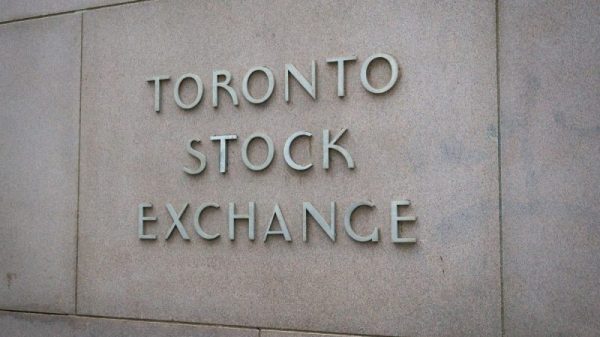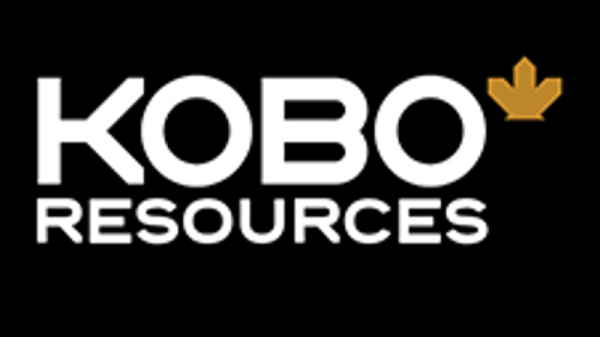There are 17 rare earth elements (REEs) in all — 15 lanthanides plus yttrium and scandium.
It’s a fairly diverse group, with each element having different applications, pricing and available supply. However, REEs are often placed in the same basket because they do not occur separately from each other in nature. Aside from that, separation is tricky — before modern methods were available, the process was too difficult and expensive to pursue.
Despite the market’s complexity, it’s worth taking a closer look at the different rare earths and their uses. As global governments take steps to meet energy transition goals, demand is expected to grow immensely, creating opportunities for investors with knowledge of the sector. Read on to learn more about this important group of critical metals.
Are rare earth elements really rare?
Many REE investors will be familiar with the adage that rare earths are not that rare — in fact, according to the US Geological Survey, most rare earths are more plentiful in the Earth’s crust than gold, silver and platinum.
As of 2023 there were more than 110 million metric tons of rare earth reserves. Rare earths can be found in carbonatite deposits, alkaline igneous systems, ion-adsorption clay deposits and monazite-xenotime-bearing placer deposits.
The key point to note is that even though REEs are relatively abundant in the Earth’s crust worldwide, “minable concentrations are less common than for most other mineral commodities,” as per the US Geological Survey.
In terms of the availability of specific elements, lanthanum and cerium are relatively abundant in rare earths deposits, while neodymium and praseodymium are much less so; meanwhile, erbium, ytterbium and lutetium are rare. Yttrium is as common as lanthanum and cerium in some types of deposits, but scandium is also very rare.
Rare earths are usually divided into ‘heavy’ and ‘light’ varieties based on their atomic weight. And while the concentration of different REEs varies within each given deposit, every deposit is usually dominated by either heavy or light rare earths, with some elements being much more abundant.
How are rare earths used in manufacturing and industry?
As mentioned, although REEs are grouped together in the ground, their applications vary widely.
Cerium, the most abundant rare earth, is more plentiful in the Earth’s crust than copper. The metal is used as a polishing agent for different types of glass, including LCD screens.
Lanthanum is used as a catalyst for refining petroleum and to improve the alkali resistance of glass, especially in camera lenses. This REE is also used to make the carbon arc lights used by the motion picture industry.
Europium is used in chemical formulations for LEDs, CRT displays and florescent bulbs. Yttrium is also used in LEDs and florescent bulbs. While erbium has several uses, it’s most commonly used to make glass optical fibers as it can amplify network signals.
As mentioned earlier, one of the REEs that is rare in terms of mine supply is scandium, a critical metal that is as strong as titanium, as light as aluminum and as hard as ceramic. There are a number of new applications emerging for scandium, including alloys for high-end sports equipment, as well as for automotive and airplane parts.
What are rare earth magnets and how are they used?
Praseodymium, neodymium, samarium and dysprosium are often used in rare earth magnets, which are stronger in terms of weight or volume than any other magnet type. These magnets are finding increasing uses, especially when space is limited.
Magnets made from neodymium, boron and iron, called neodymium magnets, are the strongest available, and these magnets can be found in the motors of wind turbines, as well as electric vehicles.
Samarium-cobalt magnets are favored in military applications. That’s because these magnets can operate at extremely high temperatures and are not affected by electromagnetic pulses. For example, an electromagnetic pulse resulting from a nuclear weapon discharged a distance wouldn’t have an effect on a motor driven by samarium-cobalt magnets.
Most other industries use neodymium blends as the magnet of choice due to the high price of cobalt.
Praseodymium and dysprosium are also commonly used in industrial magnets in order to improve coercivity and resistance to corrosion. Furthermore, dysprosium has another function in neodymium-praseodymium-iron-boron magnets — the magnets can only operate at fairly low temperatures on their own, but the addition of either dysprosium or another rare earth, terbium, allows them to keep working at much higher temperatures.
One of the most promising markets for rare earth magnets is electric vehicle motors. However, it’s important to note that permanent neodymium magnets are not strictly necessary to the construction of any electric vehicle. In fact, Tesla’s (NASDAQ:TSLA) Model S main motor does not contain any type of magnet.
How will rare earths be used in the future?
Applications for rare earth magnets are rapidly growing as new technologies evolve. However, lack of secure supply has driven some industries to seek out alternative technologies that don’t require REE magnets.
Still, rare earth magnets are not going away anytime soon. REEs are an important part of the technology that drives modern life. They can be found in smartphones, computers and televisions, and as discussed are an important component in green energy technologies such as wind turbines and many electric vehicle motors.
Understanding the different types of rare earths is the first step toward making an investment in this space. It’s also useful to understand supply and demand dynamics, from the top-producing countries to the nations with the top reserves; being aware of the outlook for the industry can also help investors make the right moves.
For those who decide they are interested in the longer-term potential for the rare earths sector, there are plenty of ways to get exposure to rare earths, including the biggest rare earths companies and the top gainers in the sector.
Securities Disclosure: I, Melissa Pistilli, hold no direct investment interest in any company mentioned in this article.







































